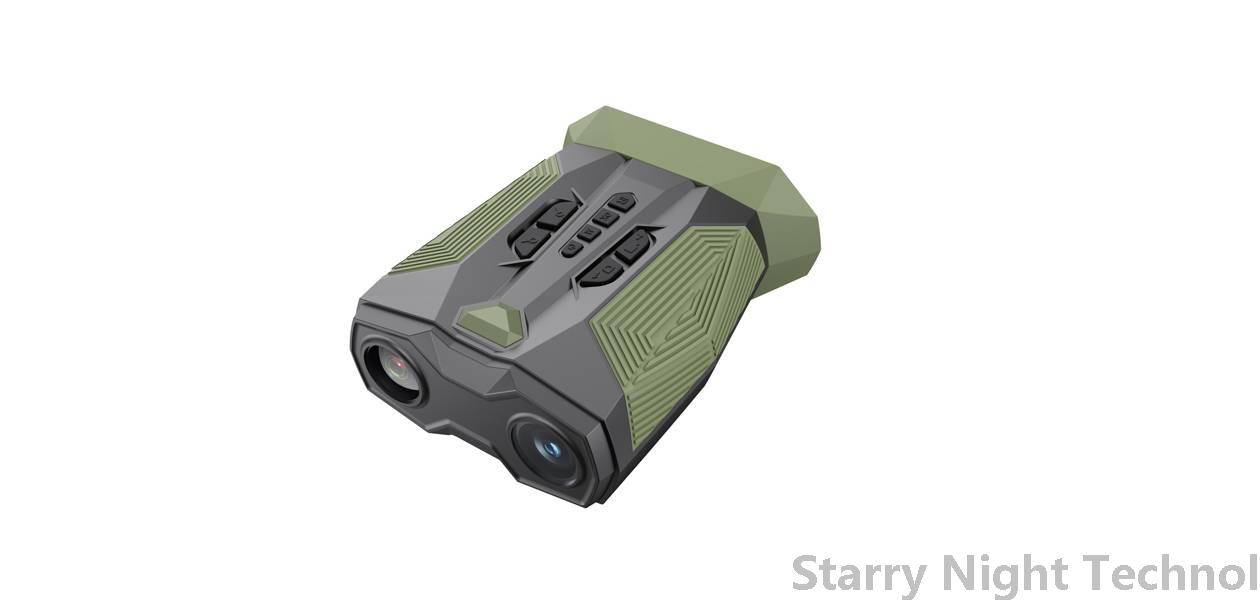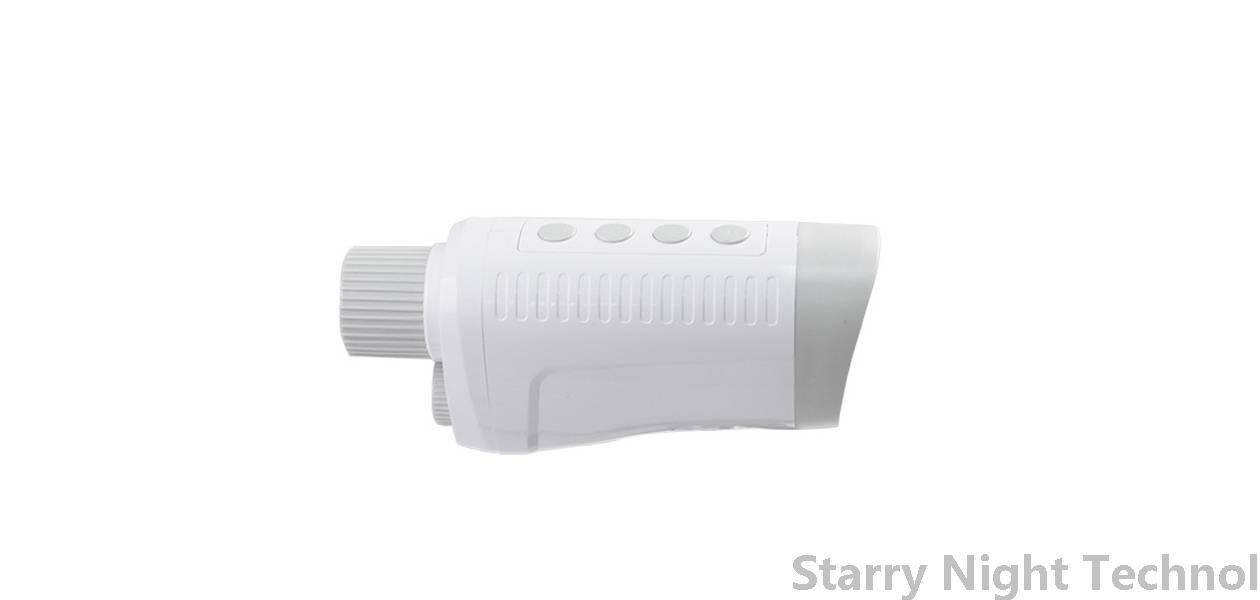Next-Gen Infrared Vision Systems for Military Applications
1763276520000

As warfare technology evolves at an unprecedented pace, one area that has seen significant advancements is infrared (IR) vision systems. These systems have transformed from basic thermal imaging devices into complex, multi-functional tools integral to modern military operations. The next generation of infrared vision systems promises enhanced capabilities in surveillance, reconnaissance, targeting, and navigation, assuring a strategic advantage on the battlefield.
#### Understanding Infrared Technology
Infrared vision systems capture and analyze electromagnetic radiation emitted by objects, primarily as heat. Unlike traditional optical cameras that rely on visible light, IR sensors detect temperature variations, allowing operators to see in complete darkness or through obscurants such as smoke, fog, or camouflage. This ability makes them invaluable for military applications where visibility can be severely limited due to environmental conditions or enemy tactics.
The basic principle behind most infrared detectors revolves around capturing long-wave infrared radiation (LWIR), which ranges from 8 to 14 micrometers, and medium-wave infrared radiation (MWIR), found between 3 and 5 micrometers. Newer technologies are being developed that operate across even broader spectrums, including short-wave infrared (SWIR), expanding their utility.
#### Advancements in Sensor Technology
The latest iterations of infrared systems feature several innovative technologies aimed at improving resolution, sensitivity, and field-of-view:
1. **Adaptive Optics**: By incorporating adaptive optics, next-gen IR systems can dynamically adjust to atmospheric distortions or target movements, ensuring clearer images and increased accuracy over greater distances.
2. **Dual-Sensor Integration**: Combining LWIR and MWIR sensors allows military personnel to access comprehensive data in varying operational environments, offering improved intelligence regarding both hot and cold targets.
3. **Augmented Reality (AR)**: Next-generation systems increasingly utilize augmented reality interfaces, overlaying vital information—such as coordinates and threat assessments—directly onto live feeds. This results in more efficient decision-making processes during critical missions.
4. **Artificial Intelligence (AI) and Machine Learning**: Incorporating AI algorithms enhances automated tracking, recognition, and classification of targets in crowded battlefields. With machine learning adapting to recognize patterns and anomalies tailored to specific contexts, these systems reduce the cognitive load on human operators.
#### Multifunctional Capabilities
 - **Multi-spectral Imaging**: Advanced models enable simultaneous imaging across multiple wavelengths, providing comprehensive situational awareness.
- **Multi-spectral Imaging**: Advanced models enable simultaneous imaging across multiple wavelengths, providing comprehensive situational awareness.- **Real-time Data Analysis**: Instant processing of collected data allows commanders to execute strategies based on timely intelligence updates.
- **Weapon Guidance Systems**: Precision-guided munitions equipped with advanced IR guidance systems ensure accurate strikes against high-value targets while minimizing collateral damage.
#### Application Scenarios
The practical implications of these evolving infrared vision systems extend across various military theaters:
1. **Surveillance and Reconnaissance**: Timely gathering of intelligence remains paramount. High-resolution infrared cameras mounted on UAVs (Unmanned Aerial Vehicles) offer unparalleled aerial oversight, identifying troop movements, supply networks, or potential ambushes without crossing dangerous lines.
2. **Target Acquisition**: Accurate identification and marking of enemy positions become essential elements in executing airstrikes, artillery bombardments, and ground assaults. Enhanced IR vision systems allow forces to accurately locate threats amidst chaotic environments.
3. **Combat Search and Rescue**: In search and rescue missions, emerging IR technology identifies downed pilots or stranded units quickly, even in adverse weather scenarios, enabling swift extraction.
4. **Border Security**: Beyond wartime applications, IR technology enhances border security measures. Integrated patrol vehicles equipped with infrared capabilities monitor illegal crossings effectively, especially during nighttime.
#### Challenges and Considerations
While the advantages of next-gen IR systems are apparent, challenges persist in their development and implementation. Factors such as cybersecurity vulnerabilities, mass production costs, and integration with existing defense infrastructure must be carefully navigated. Moreover, ethical concerns are rising related to autonomous military actions driven by artificial intelligence-powered systems, necessitating ongoing discussions about accountability and decision-making thresholds.
#### Conclusion
The next generation of infrared vision systems heralds a new era for military operations, equipping armed forces with versatile, robust tools capable of conquering diverse combat challenges. As developments continue, collaboration among technologists, military strategists, and policymakers will be crucial to maximize these cutting-edge systems’ efficiency and ethical application. Ultimately, investing in such technologies not only redefines conventional warfare but also solidifies national security initiatives in an ever-evolving landscape marked by unpredictable threats and conflicts.
What are the brands of night vision devicesStarry Night Technol

